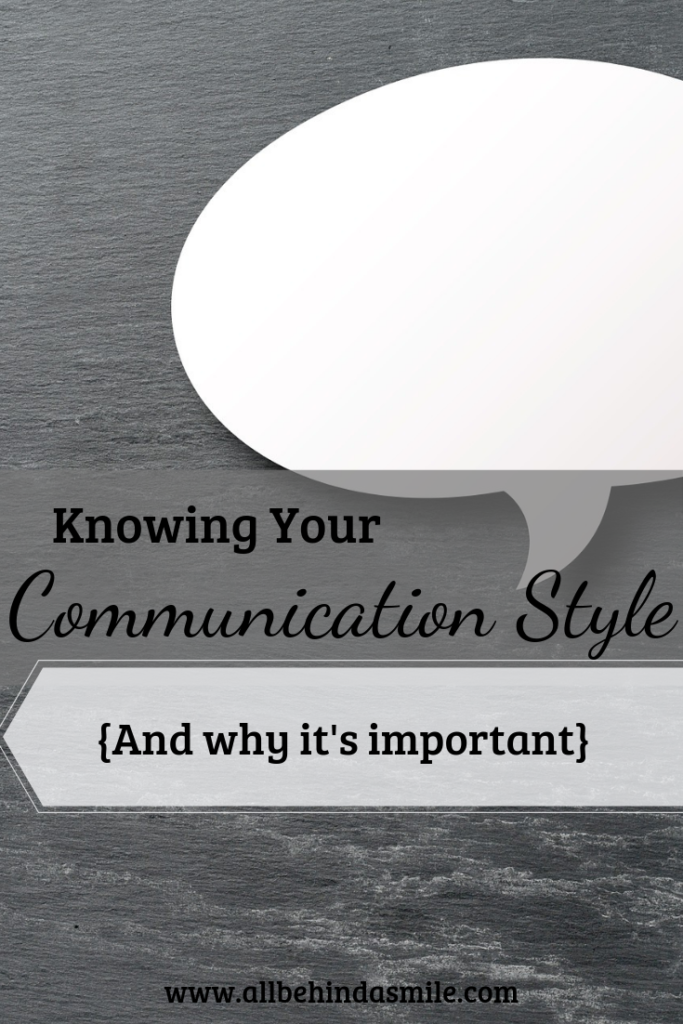Looking at the terms internal processing and external processing, they seem fairly simple. One processes on the inside and the other on the outside. So … what does that have to do with mental illness? Or even creativity?
As you may already know, generally those terms are for computers. What you might not have considered, however, is how those terms apply to us.

My husband was the one who originally brought this concept to my attention – how some people process internally, and others process externally.
Internal Processing:
An internal processor would digest information inside themselves, with no need to discuss or write out or have a sounding board. From an internal processor (my husband) here’s what that can look like:
- Needing quiet, alone time to sit and think
- Already having worked through a problem before being ready to discuss
- Does NOT necessarily mean you are an introvert
External Processing:
An external processor is the opposite – and as an external processor, here’s what it can look like:
- Even small problems need to be discussed. Although talking to someone is a great way to digest concepts, an external processor may also talk to themselves if no one is around
- Hearing ideas out loud helps to understand and process them
- Does NOT mean the person is an extrovert (I am an external processor but very much an introvert)
Now that we have broken down what those types of processing are, let’s look at how knowing our style can benefit us.
(Wondering how creativity and mental illness are related? I wrote about it in Creativity and Mental Illness.)
There is no one-size-fits-all for processing and mental illness. Having a mental illness doesn’t mean you will communicate a certain way versus another…
So Why is it So Important?
Knowing your communication style and embracing it can reduce stress, as well as help you work through problems more efficiently – no more wasting time trying to fit a square through a circular hole!
When I learned how I comprehend information, I was able to:
- Brainstorm more efficiently
- When I embraced needing to hear information to properly digest it, I changed my methods to get the most out of each session. Read about my brainstorming methods HERE
- Work through problems faster (and with less frustration)
- Knowing I need to hear information helps so much with a starting place! If I were an internal processor, I would now know that I need time to sit and think (rather than to hear the information).
- Connect better with my spouse
- Instead of randomly spurting out information, I can tell him I need to talk through a problem and we can sit down and discuss it. Before I understood my processing style we didn’t know how to communicate in the same way. (Similar to learning your spouse’s love language!)
All because of accepting my own personal style of processing and communication of information.
Communication and Mental Illness:
That was a lot of information! So why is it relevant? Stress is abundant in life, and even more so when suffering with an invisible illness. Without going into all of the possible stress-factors (that could take all day) the more you know about yourself the better you tend to be able to cope.
For instance, if a problem arises (and they do) knowing how I comprehend information helps me deal with the problem without feeling majorly overwhelmed.
If I try to manage a problem the way my friends or family do, depending on who I’m watching then I may simply stress myself out and not get anywhere. Knowing that I need to hear the problem broken down allows me to do so and create a plan.
One More Time:
Since this was a rather long post, let’s break it down really quickly. If you know your processing style (internal v.s. external) you can communicate more efficiently with others and know yourself better.
So, what’s your communication style? Are you internal or external? What does that look like for you?

Christian, wife, “hybrid” mama, I run the site All Behind A Smile to help others like me.


Leave a Reply